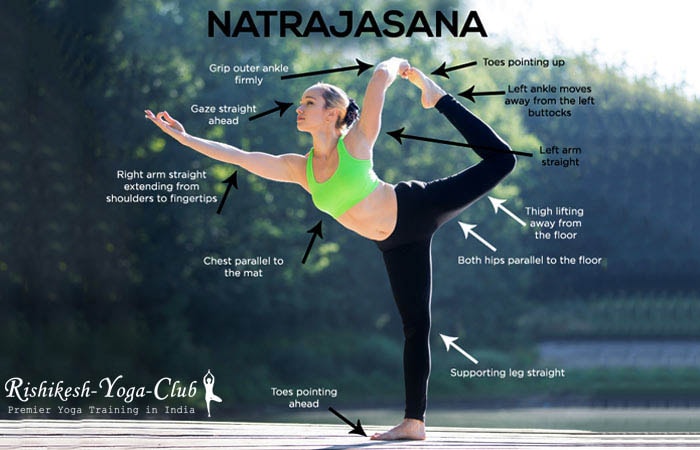The wide-legged forward bend or Prasarita Padottanasana (Prah-sah-REET-ah- Pah-doh-tahn-AA-SUN-aa) is like an energised version of yoga. It helps in increasing blood circulation to the brain while stretching the legs, arms and back of a person. The name of this yoga asana comes from the Sanskrit language. Prasarita means outstretched, pada means foot, ut means intense, tan means stretch and asana means pose or a posture.
This posture is literally a practice of intense stretching while spreading both of your feet. Practicing the Prasarita Padottanasana every day can be intensive, expansive and a calming way after a long some standing poses, or mostly after any physical activity like running, walking, or cycling. This asana is more often than not sequenced at the end of the yoga practice. It is a good preparatory yoga posture for performing a headstand, and a peacock pose. Once this pose is perfected, you can always go for many other variations of this pose for a better result.
Prasarita Padottanasana Categorised in A,B,C & D:
Prasarita Padottanasana is a phase of Ashtanga Vinyasa Yoga initial series. There are four assortments of Prasarita Padottanasana, A, B, C, and D. Together, they sanitise the butt-centric trench and tone the lower stomach area just as the tissues around the top piece of the spinal section. With the exercise of all four variations, your lower midriff and legs will grow to be stronger and your hips extra flexible.
Let’s Talk about All These Four Types:
Prasarita Padottanasana A
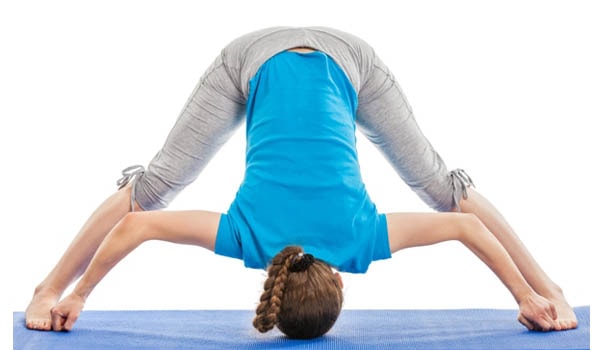
The most generally rehearsed variation is Prasarita Padottanasana A. It is a pose that helps to reinforce the legs and abdomen while calming the mind and releasing pent-up emotions. Ensure that you don’t open your legs excessively far separated (or keeping them too close together).
Prasarita Padottanasana B
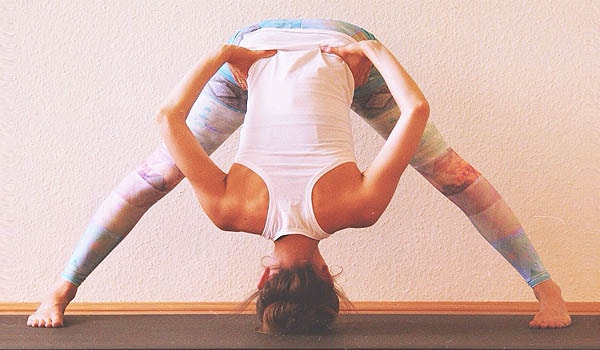
Prasarita Padottanasana B depends totally on the strength of the waist and legs. If your vary of movement is confined and you can’t do the complete expression of the pose, at that point you can attempt a variation demonstrated here
Prasarita Padottanasana C
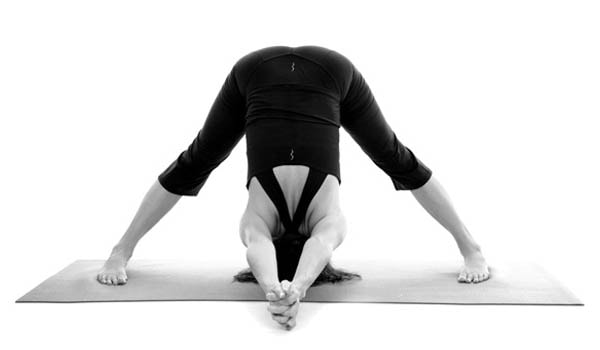
Prasarita Padottanasana C is the third of four places of this wide-legged forward crease, which include four unique articulations of the arms, even though the base of the posture and the stance of the spine continue as before all through the outflows of the asana.
Prasarita Padottanasana D
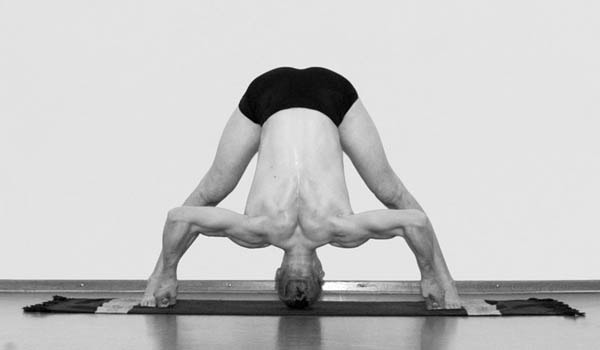
Prasarita Padottanasana D is a deeper, increased exquisite stretch of the legs than the base posture Prasarita Padottanasana. Since it is furthermore viewed as half of the transformed yoga pose, as a preparatory pose it can be a part of a yoga series for inversions.
Step-by-Step Instructions:
- Stand firm in the mountain pose or Tadasana with your legs 3-4 feet apart.
- Ensure that both of your feet are parallel to each other. Point your toes in a slight inward direction in the formation of pigeon toes.
- Inhaling deeply lift both of your arms to your sides and bring them parallel to the floor.
- Then exhale deeply and bend your torso in the forward direction from your hip joints to maintain a straight spine.
- When you place your torso is parallel to the ground, keep your hands underneath both of your shoulders.
- Then lift your hips and bend more while breathing out to bring your head between both of your hands.
- Engage both your thighs so that your quadriceps gets activated.
- Now press your hands on the floor firmly so that bend deepens further. If your hands are reaching your feet, grab a hold of your toes and pull them for a deeper bend bending your elbows at the same time.
- While you inhale stretch your arms out to both the sides and lift your torso slowly. All this while maintaining a flat back.
- Lower your arms to both your sides and return to the mountain pose or Tadasana.
Health Benefits Of Prasarita Padottanasana:
Prasarita Padottanasana helps in several ways to stay healthy and have a long life. The right method of the yoga style to be done and the best way to utilize its advantages are taught by the professional gurus at the yoga teacher training centre. Some of the benefits are as follows:
- This posture helps in strengthening your legs and feet.
- It also helps to prolong the spine.
- It effectively stretches the hamstrings.
- Your abdomen will get balanced and strengthened.
- There will be an increased flow of blood in the brain.
Precautions:
- People who have lower back pain should do not do this asana.
- People who have knee problems are also not advised to do this asana.
Modifications and Variations:
Prasarita Padottanasana has many variations and can be practised in many ways. You can clasp your toes with two fingers while grabbing the outer edge of the feet, placing the hands behind the back or firmly on the floor.
Also Read:
